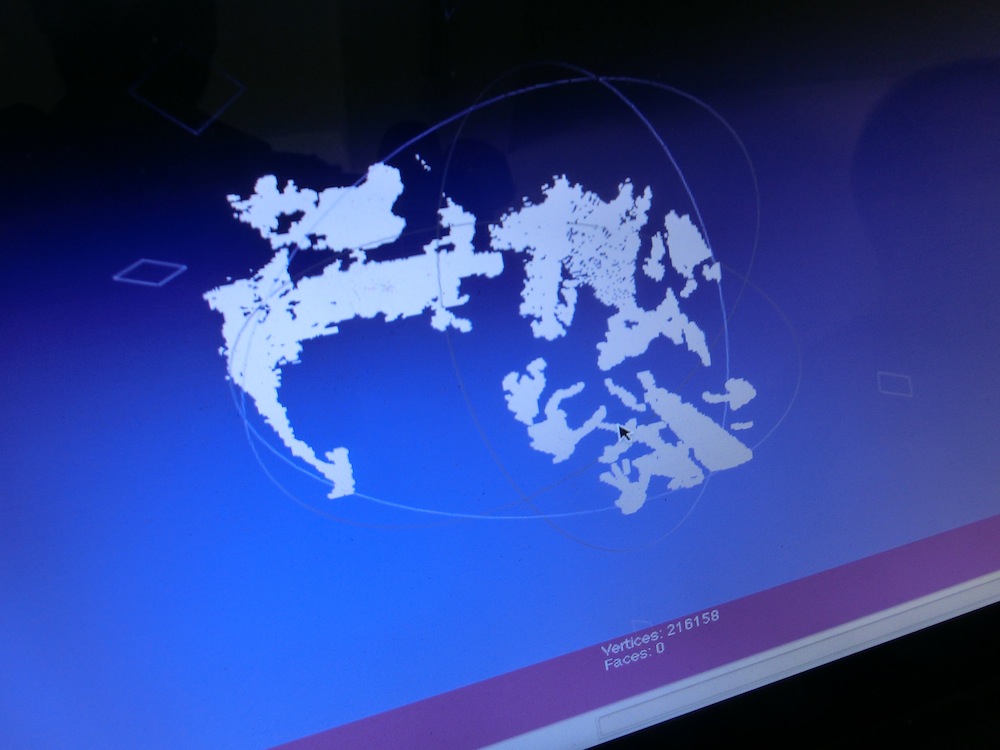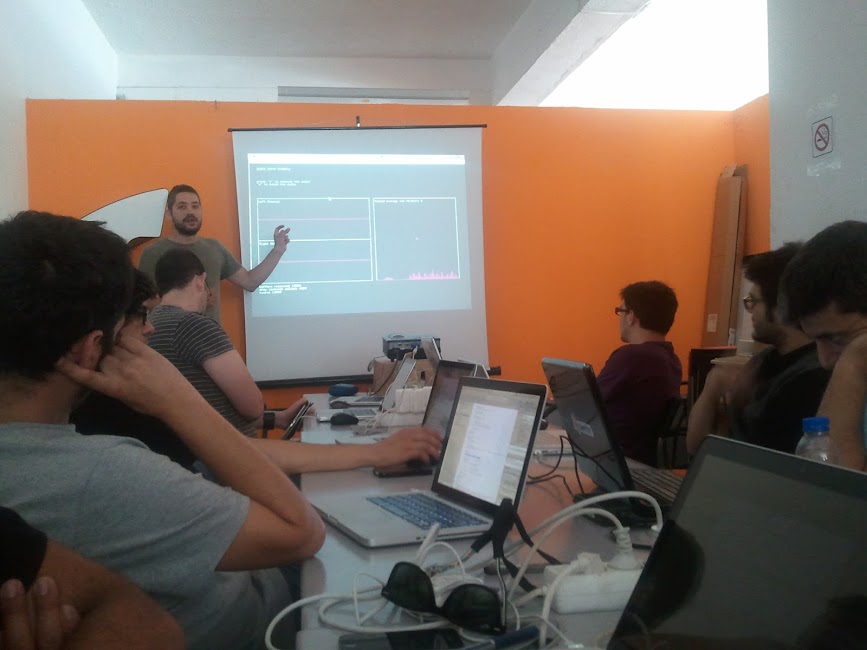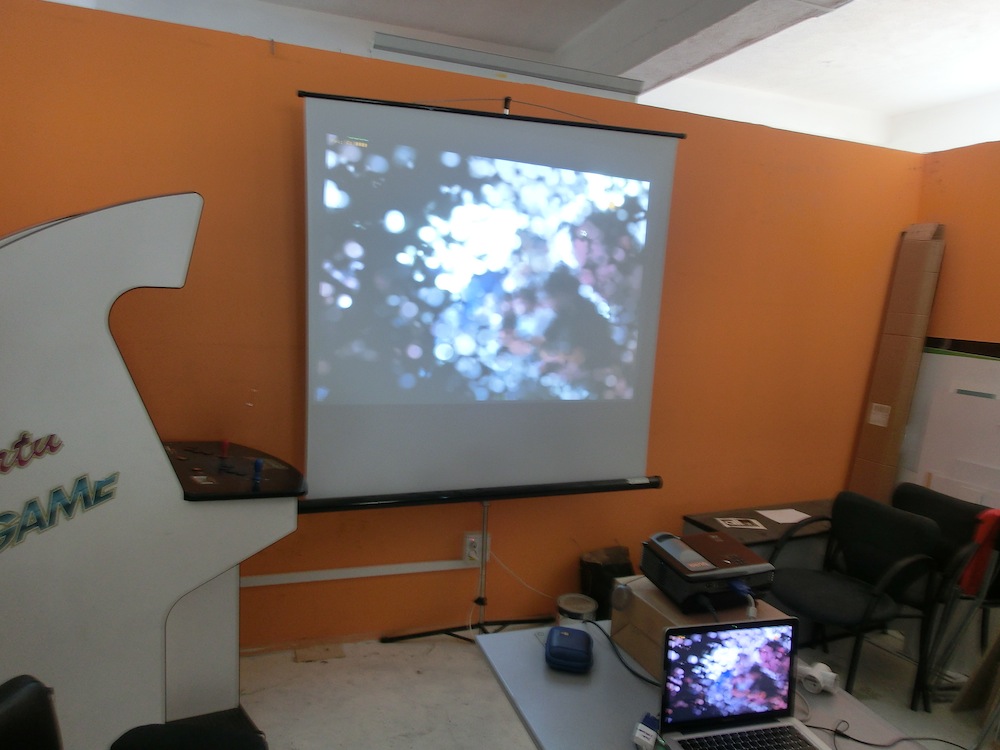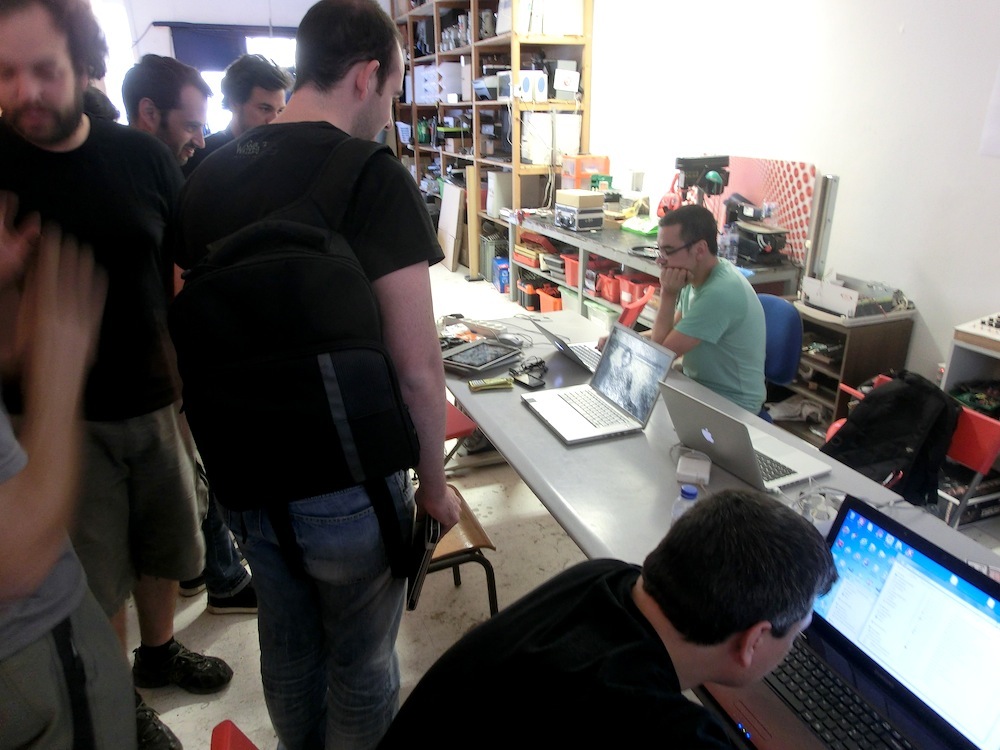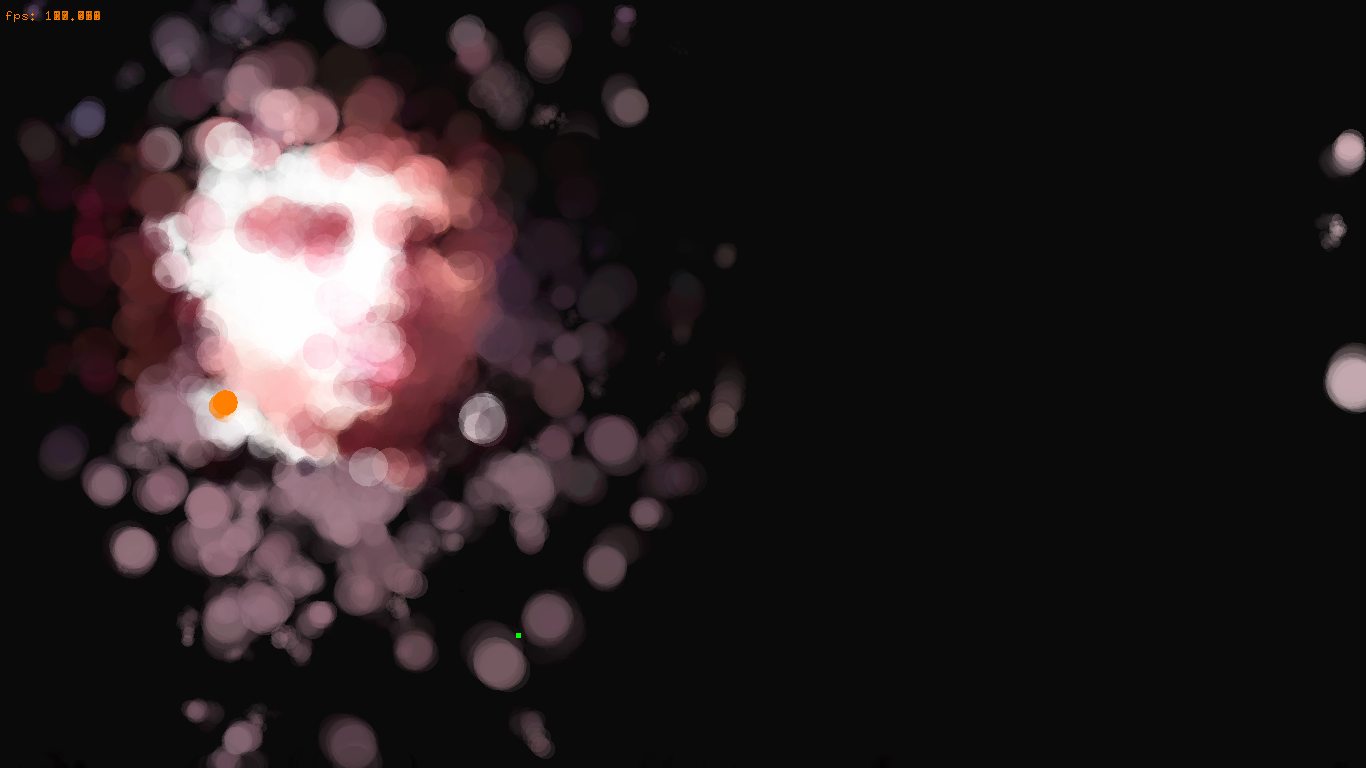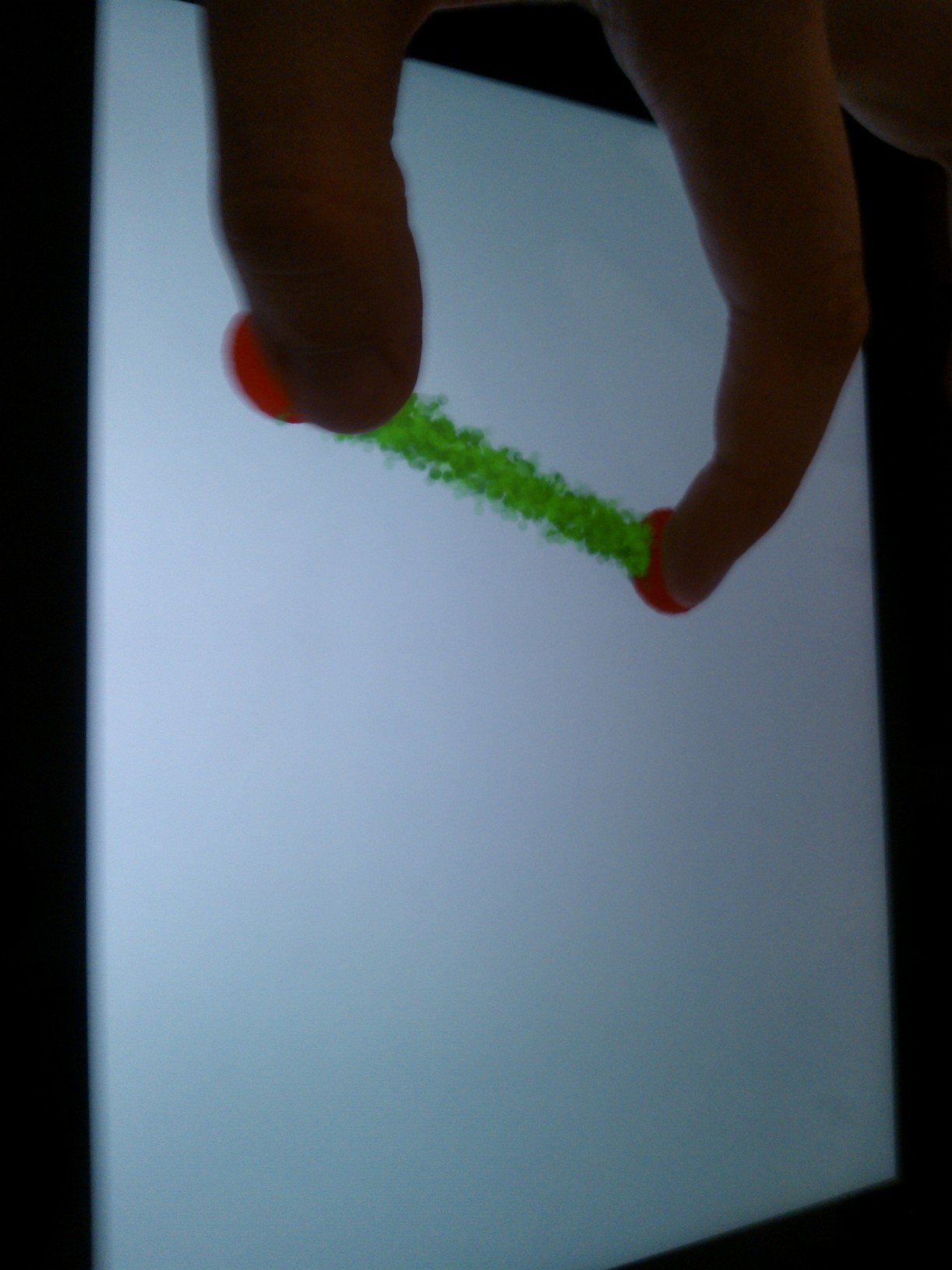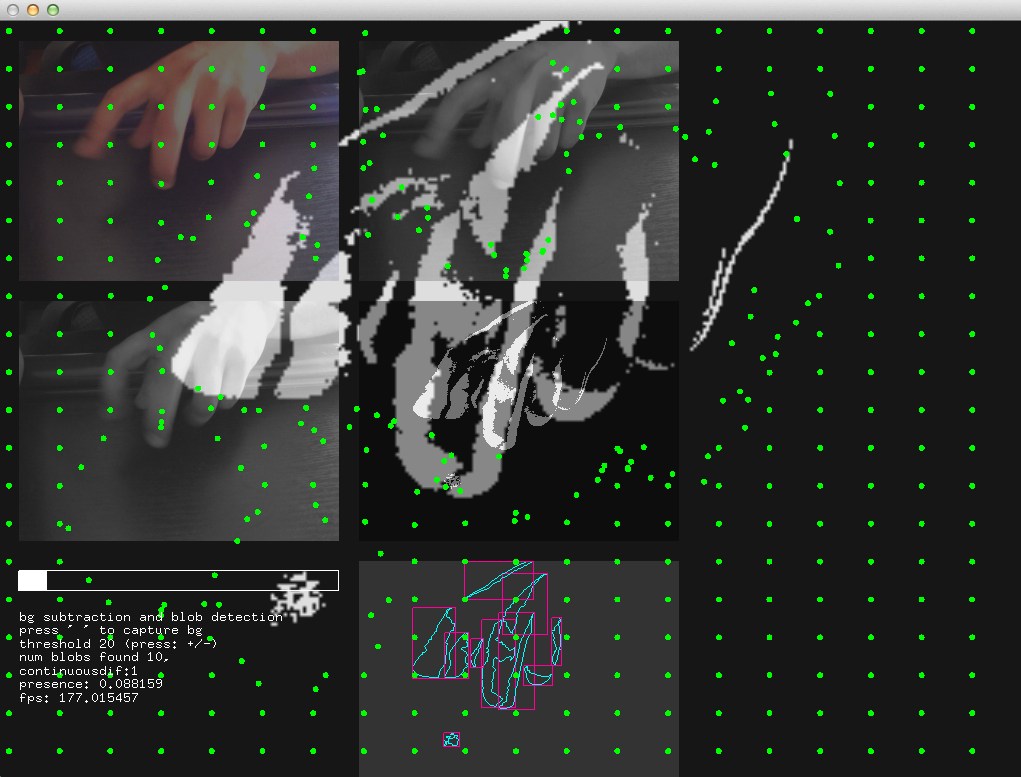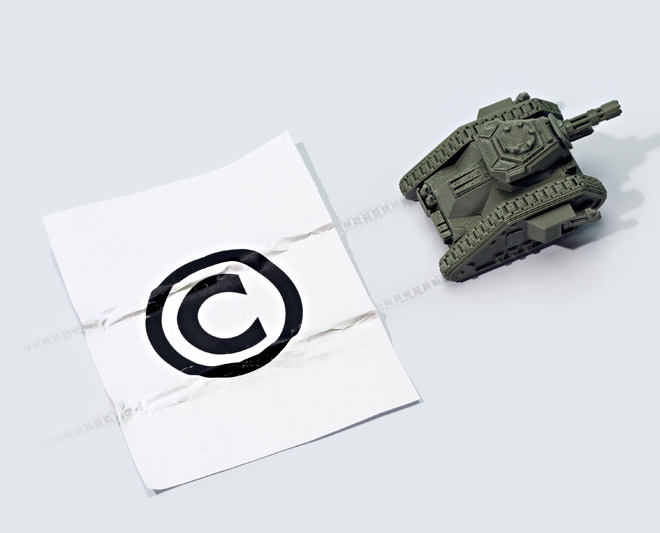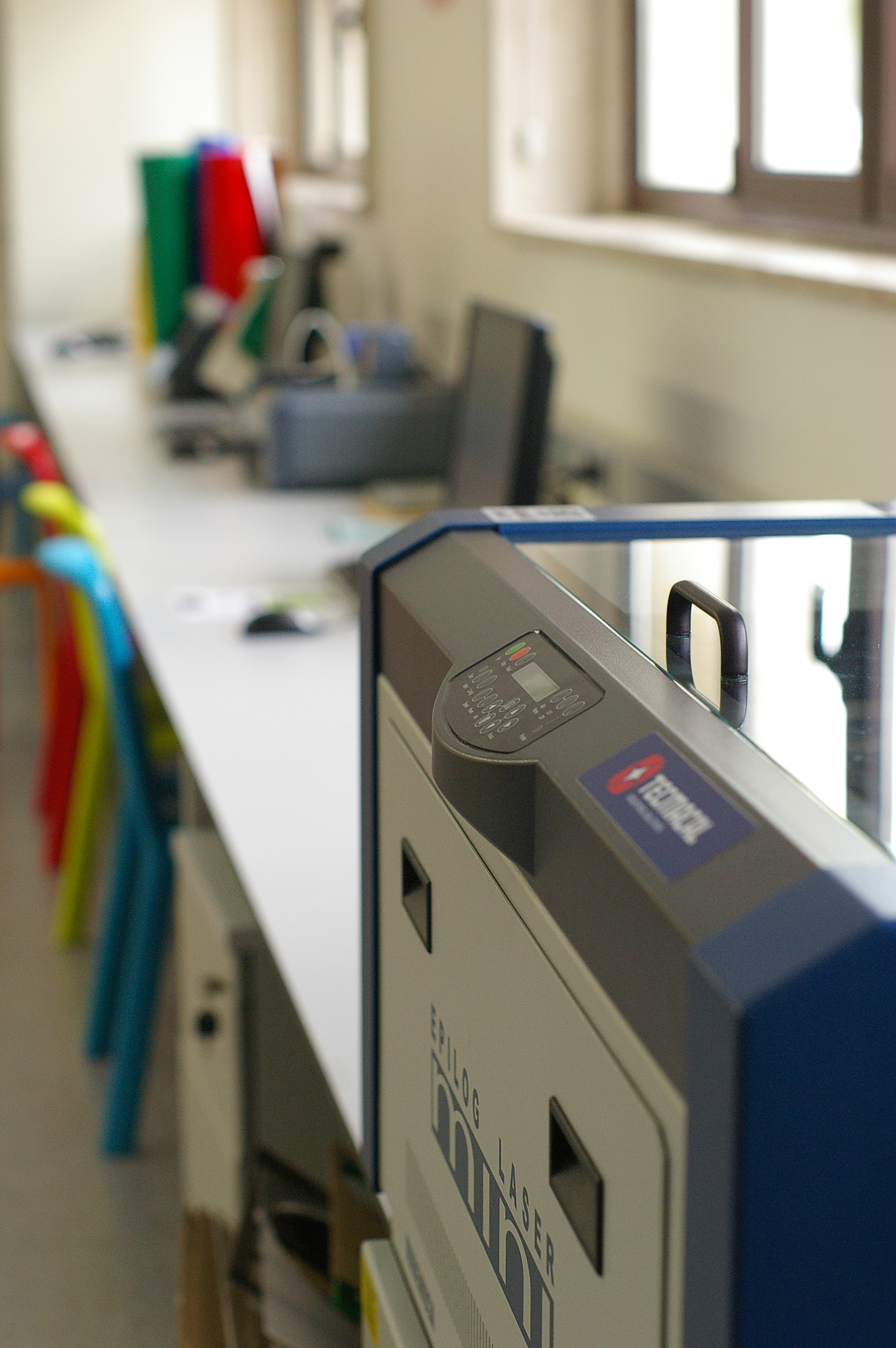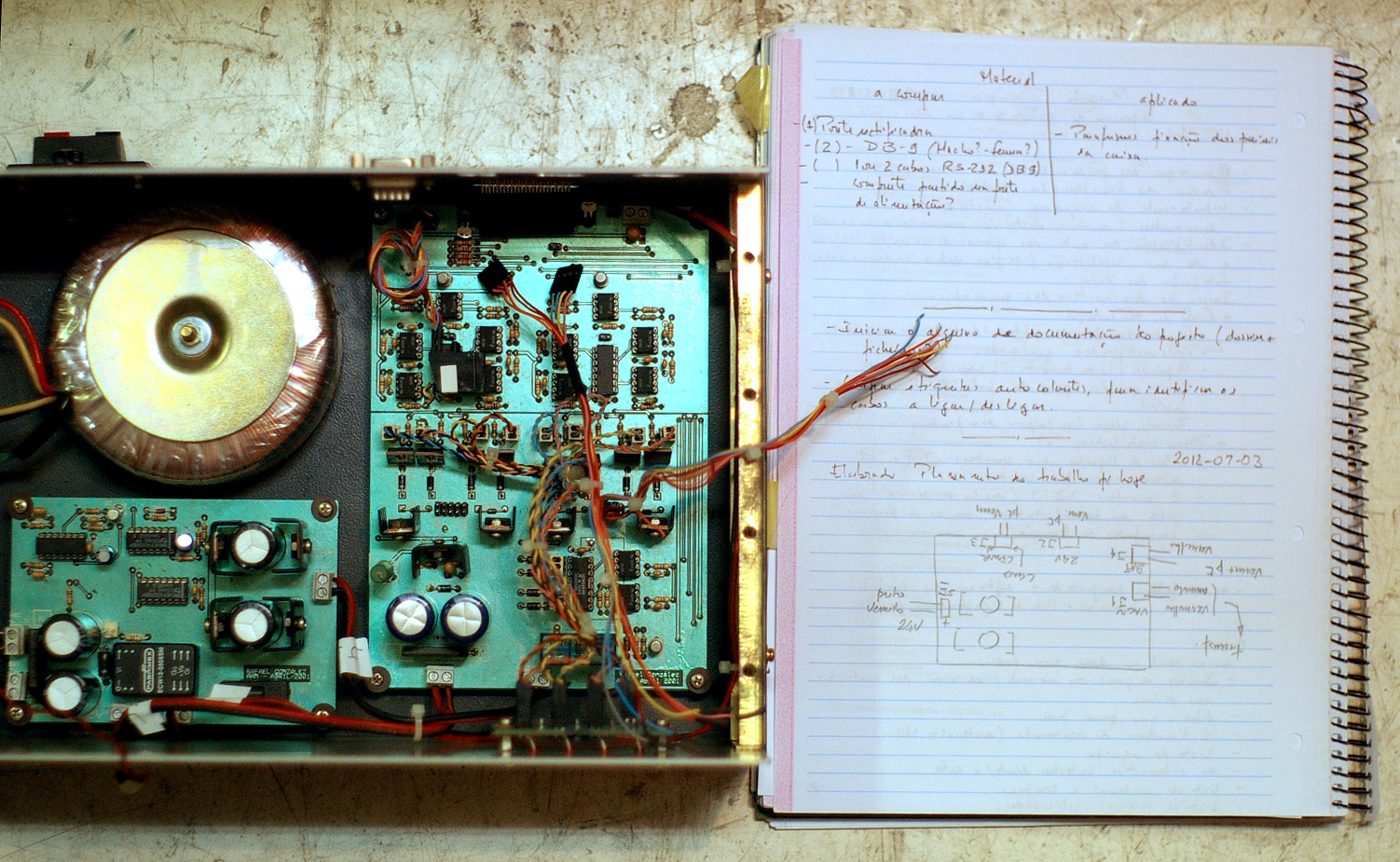‘To be equipped for the future, you need to know smart materials’:
Catarina Mota at TEDGlobal 2012

Catarina Mota has many friends. One of her friend’s fathers, when her friend was a kid, built a vehicle out of a bicycle and washing machine, because the family couldn’t afford a car. Culturally, we used to know how to make and fix everything. As the 20th century progressed, we lost that ability, but thanks to the maker community, we are slowly getting it back. By fostering the development and invention of new smart materials, Catarina hopes to help makers reach the next level.
What are smart materials? Fundamentally, they’re materials we are already incredibly familiar with like paint, paper and plastic. The trick is, all of these materials now come with a twist. Paint and ink, for example, can now conduct electricity such that people are able to paint circuits with a brush or, with the addition of a magnet, make a speaker out of a sheet of paper. Acrylic, a type of plastic, can now be infused with light diffusing particles so light can reflect through its entire surface instead of just the edges. What this means practically is, by flipping a light switch, you can turn your windows from see-through to opaque. Thermochromic pigments can be added to plastics so you can see when your baby’s bottle is hot. Possibilities are becoming endless.
However, in order to harness the full potential of these materials, Catarina believes that we need to have a deeper understanding of the components that are making up our world. We need to have a deeper understanding because when we do, we are able to shape the objects we use instead of those objects shaping use. Beyond being savvy consumers, by delving into tinkering, we open the doors to innovation. From mountain bikes to airplanes, semi-conductors to computers, history has repeatedly shown that it’s been the amateurs who have been the significant inventors and improvers of the world.
To bolster the tinkerers’ ability to create, Catarina co-founded openmaterials.org, a website where people publish information and aggregate research, papers, and tutorials by other makers. Her overall message is simple: draw from the experiments of the crowd and understand smart materials. Like learning about computers in the 1970s, the best way to ensure we have a say in our future is to acquire pre-emptive knowledge of emerging technologies now.

Photos by James Duncan Davidson


